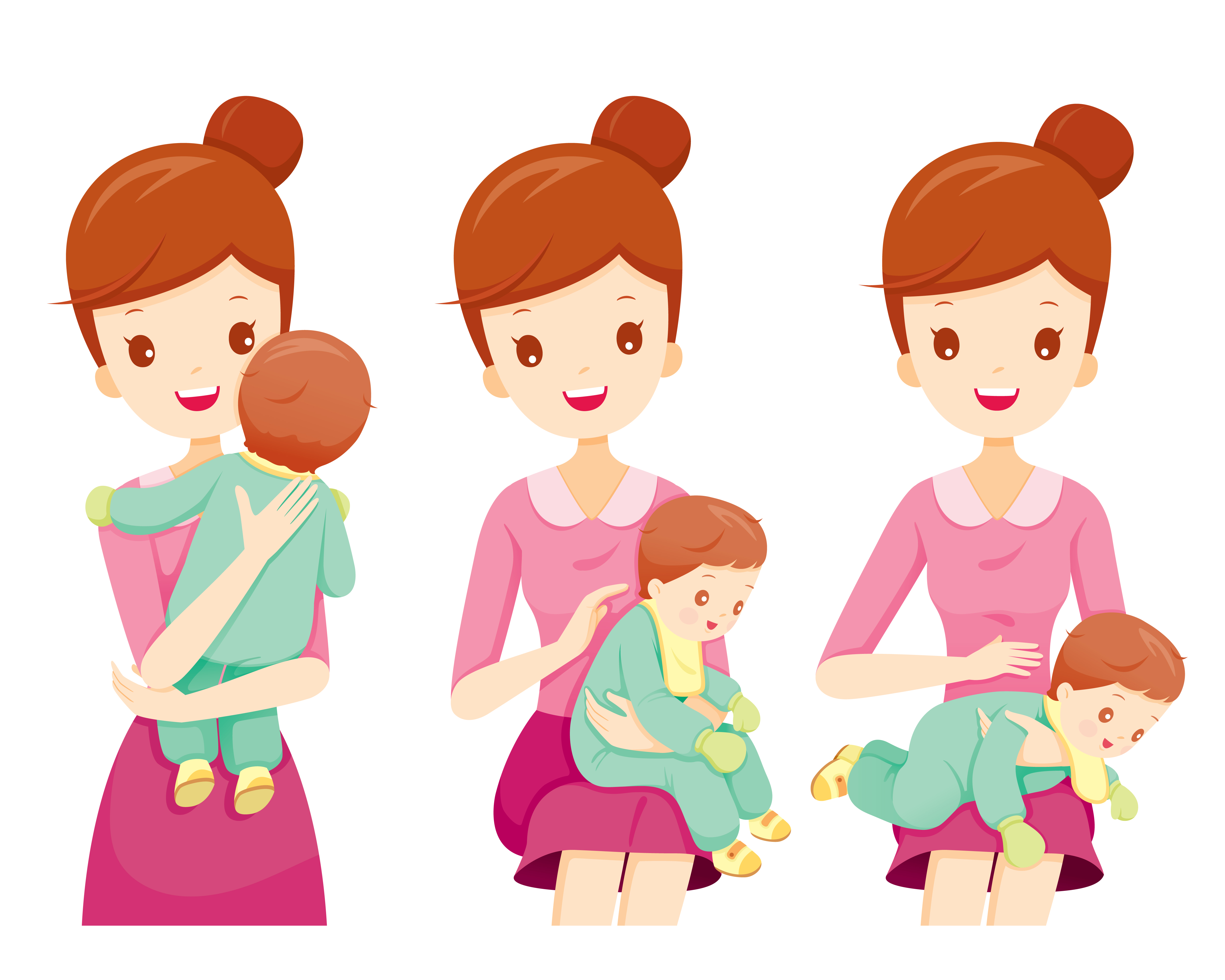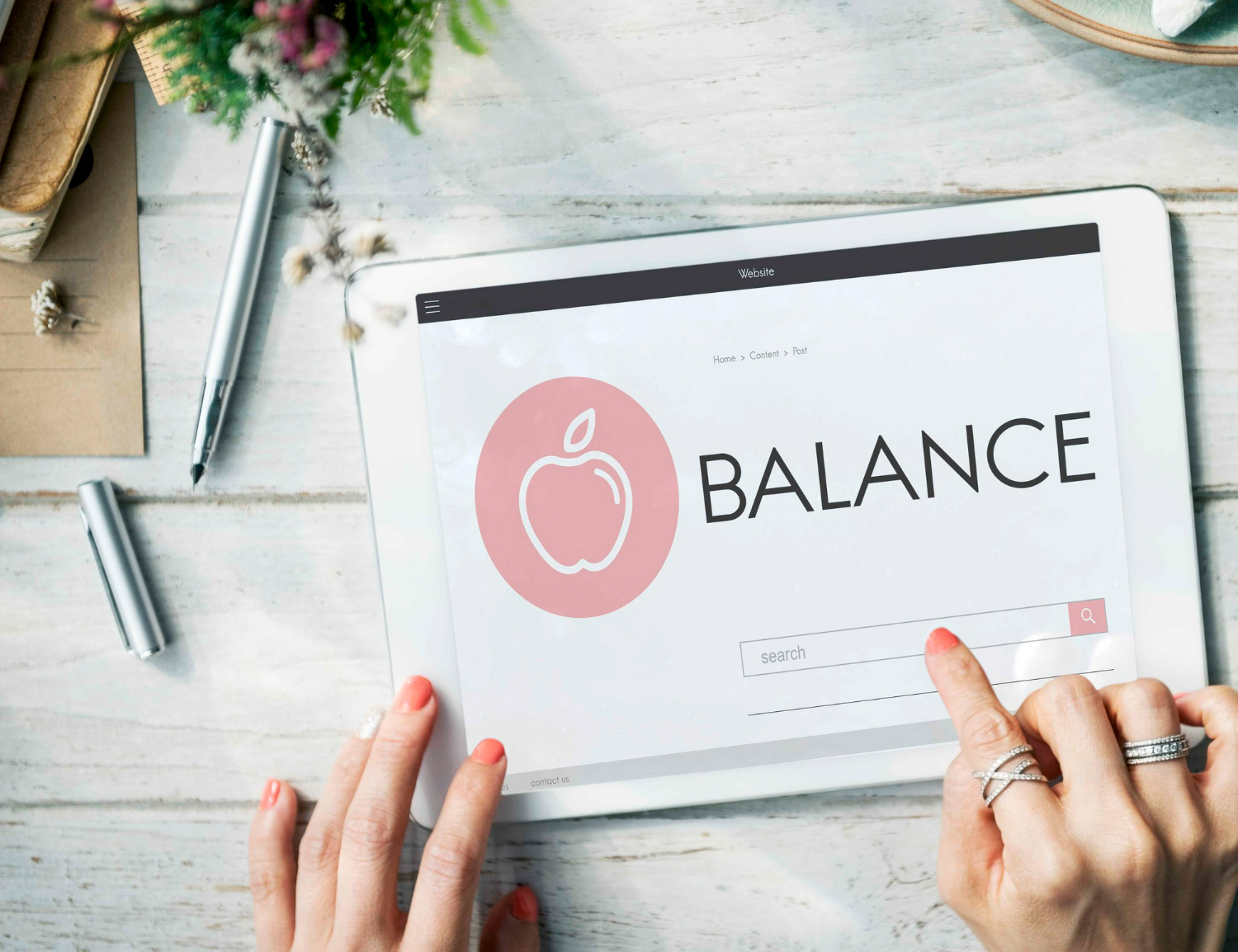The Burping Manifesto: Everything You Need to Know About Burping Your Baby
Whether you’re feeding your baby breast milk or formula, their hunger can cause them to gulp in a lot of air, which may end up resulting in trapped gas or wind. As your baby spends most of their time laying down, the air that sits in their oesophagus can result in a gassy and upset baby. Learning how to correctly burp your baby will help to expel this trapped air, and help keep them comfortable and happy.
Feeding in the first year
The first year of your baby’s life is very important. This is the time where the most growth occurs, and when nutritious food choices play a very important role. For the first six months of your baby’s life, you should be feeding them with breast milk as recommended by the World Health Organisation.
The number of feedings per hour will depend on the age of your baby, but as a rough guide:
- One month old: 2 to 4 ounces of milk; 6-8 times per 24 hours
- Two months old: 5 to 6 ounces of milk; 5-6 times per 24 hours
- Three to five months old: 6 to 7 ounces of milk; 5-6 times per 24 hours
Solid foods should not be introduced to your baby until they’re at least four months old. Generally, solids are to be introduced at six months of age when they can sit upright on their own and have the coordination to look at food, pick it up, and put it in their mouths unassisted.
Why you need to burp your baby
The reason why you need to burp your baby is because all babies swallow air while they’re feeding. Air collects in the stomach and causes your baby to feel uncomfortable and distressed.
Crying in between feeds or sucking too rapidly can also cause the swallowing of air, leading to trapped gas and indigestion. Burping helps to reduce this discomfort and to expel excess air from your baby’s stomach. Through burping, your baby will be able to take in the milk they require and be able to feed, play, and rest comfortably.
When and how to burp your baby
Regardless of whether you’re breastfeeding or bottle-feeding breast milk to your baby, your doctor or hospital staff may have told you to burp your baby in between feeds. For a newborn baby, this may be more frequent, with many mothers burping their baby after every half to one ounce during the first few weeks.
At about four weeks, your baby’s digestive system has matured, and burping can be done less often; generally, after every third of a bottle. However, your baby will often alert you if they’re feeling discomfort and need to be burped. Some babies will tell you they need to burp by crying, taking a break from feeding, or by becoming fussy and cranky. It is important to pre-empt your baby’s need to burp, since any of the above signals can lead to more air being swallowed, making it harder to expel and causing the gas in their tummies to become more painful.
Generally, a breastfed baby swallows less air than a bottle-fed baby because their mouths tend to latch on and fit around the breast more easily than a bottle teat. The baby is also more able to control the flow of milk while they’re on the breast, which reduces the risk of excess air being swallowed.
If you’re breastfeeding, it’s a good rule of thumb to burp your baby in between switching breasts and at the end of each feed. For bottle feeding, you can prevent wind or regurgitation by feeding them in an upright position, and burping them after every 2 to 3 ounces of formula.
Three burping positions and techniques
Over the shoulder
Hold your baby upright against your chest with their head over your shoulder. Support their bottom with one hand, and gently but firmly rub their back.
Seated lean
Sit your baby on your lap, facing away from you. Support them with your palm on their chest and your thumb and forefinger under their chin, making sure not to apply pressure against their throat. Slowly lean your baby slightly forward in this position, and gently rub their back.
Belly flop
Place your baby on their tummy across your lap. Their tummy should be on one leg and their head should be on the other leg, turned to one side. This position helps to put pressure on their belly, forcing trapped gas to be released.
My baby doesn’t burp, or vomits when burping – what should I do?
If your baby isn’t burping but doesn’t appear to be uncomfortable, then they most likely don’t need to burp. However, if they aren’t burping and appear to be fussing or crying, or if they frequently vomit, they most likely are taking in too much air through feeding too rapidly.
Reflux or spitting-up is normal, particularly in the first eight weeks, and affects both breastfed and bottle fed babies. While it may cause panic in new parents, vomiting is normal and is just one of the messy stages that eventually will pass once your baby’s stomach strengthens. Remember to have a towel or burp cloth on you while feeding to avoid getting mess on your clothes.
If your baby doesn’t burp after a few minutes, try changing their burping position. One technique may be more effective than another. A helpful tip if none of the above positions are working is to pull your baby’s knees up to their chest, or to gently massage their tummy. Sometimes your baby may get gas even when they’re not feeding, usually as they’re laying down or asleep. Simply picking them up and burping them before putting them back to bed will help them get to sleep.
You only need to burp your baby until they’re around two to three months old. After that, they should be able to burp on their own as they become more adept at keeping upright and holding their head up.
More helpful baby tips
For more essential tips for your baby, check out the Bellamy’s blog. Here you will find helpful advice about taking care of your newborn, along with nutrition tips for baby and child.
Featured post
-
05 Diet Plans That Are Good For Your Health
31/07/2022
-
Best Times to Sleep for Adults & Children
01/06/2022









